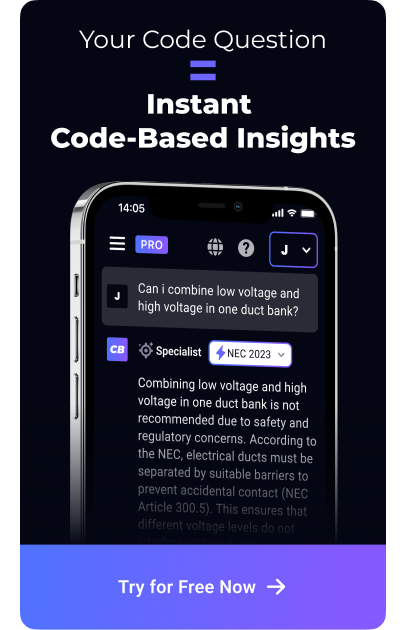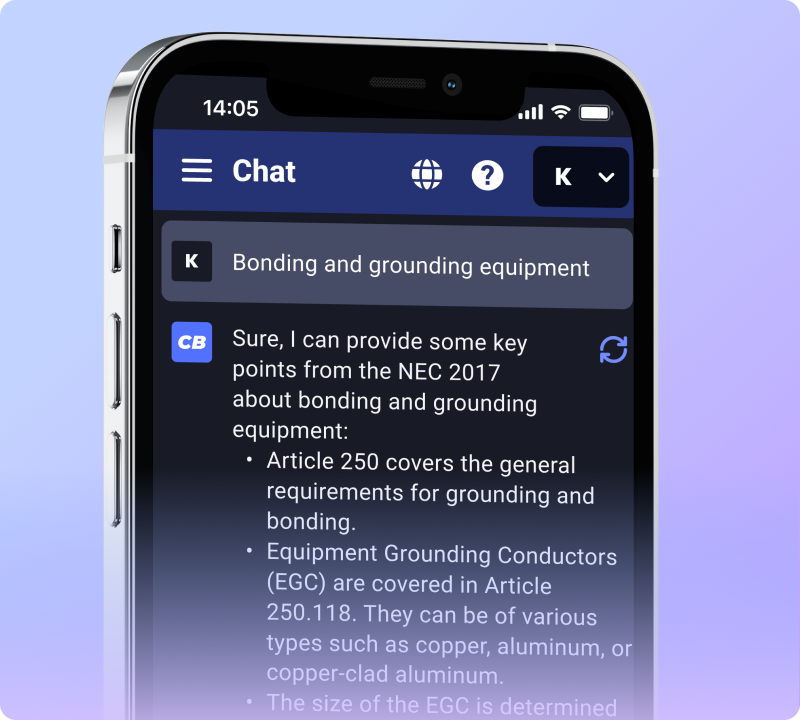Kitchen islands are a central feature in many homes, offering additional workspace and storage. When it comes to electrical outlets, specific codes must be followed to ensure safety and functionality.
NEC Requirements for Kitchen Island Outlets
The National Electrical Code (NEC) has outlined clear requirements for electrical outlets in kitchen islands:
NEC Requirements for Kitchen Island Outlets
The National Electrical Code (NEC) has outlined clear requirements for electrical outlets in kitchen islands:
- Number of Outlets: The NEC mandates at least one receptacle (outlet) on a kitchen island. However, the size of the island influences the number of required outlets. Islands or peninsulas larger than 12 inches by 24 inches need additional outlets.
- Placement: Outlets should be placed above the countertop surface but can be recessed to maintain the aesthetics of the island. They must be easily accessible and not obstructed by cabinetry or shelving.
- GFCI Protection: All kitchen outlets, including those on islands, must be equipped with Ground Fault Circuit Interrupter (GFCI) protection. This is essential in preventing electrical shock, especially in areas prone to moisture.
- Circuit Requirements: Outlets in kitchen islands should be serviced by a 20-amp circuit. This higher amperage is necessary to accommodate the electrical load of typical kitchen appliances.
Considerations for Design and Safety
- Strategic Placement: Consider the function of your island when determining outlet placement. For islands used for cooking or baking, more outlets may be beneficial.
- Aesthetic Options: Modern solutions like pop-up outlets or under-counter outlets help maintain the island’s design while providing necessary functionality.
- Local Codes and Regulations: Always check for any local amendments to the NEC that may affect outlet requirements in your area.
Conclusion
Following NEC guidelines for kitchen island electrical outlets ensures a safe and functional space. Remember, while these standards provide a baseline, your specific needs may call for additional outlets.
Note: The content provided is based on the NEC guidelines as of April 2023. For the most current regulations, consult the latest NEC or a licensed electrician.


